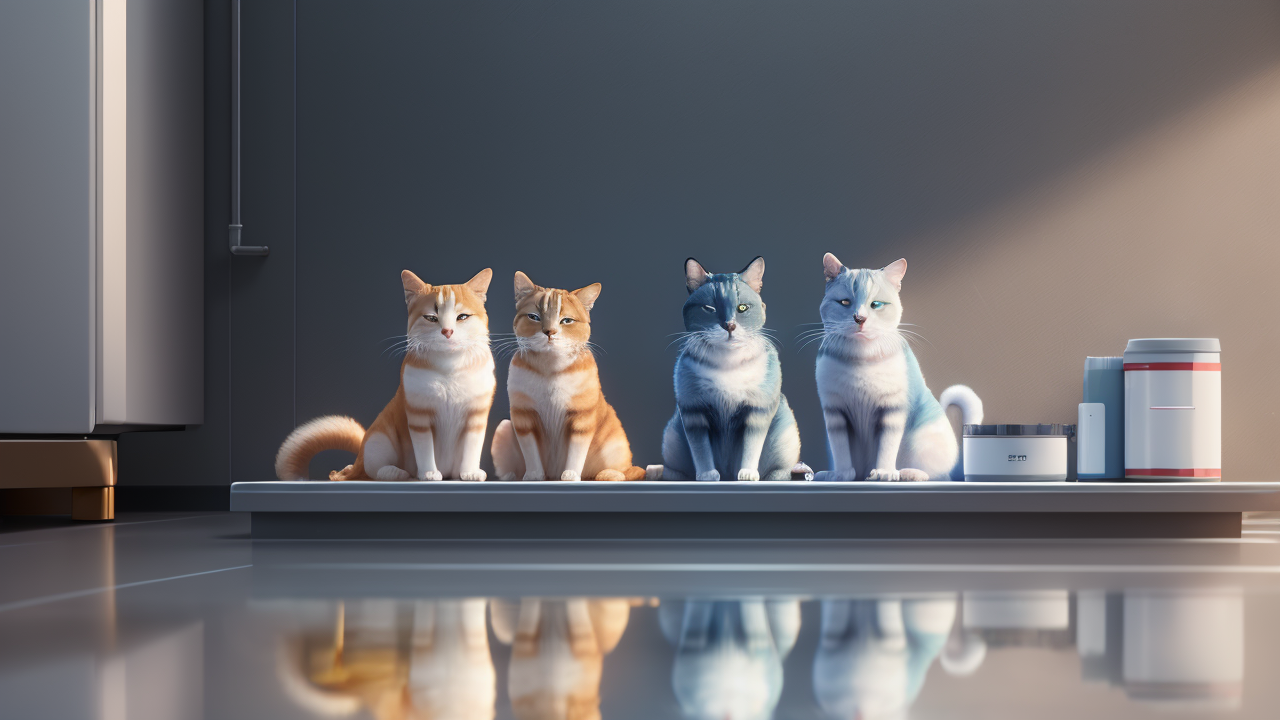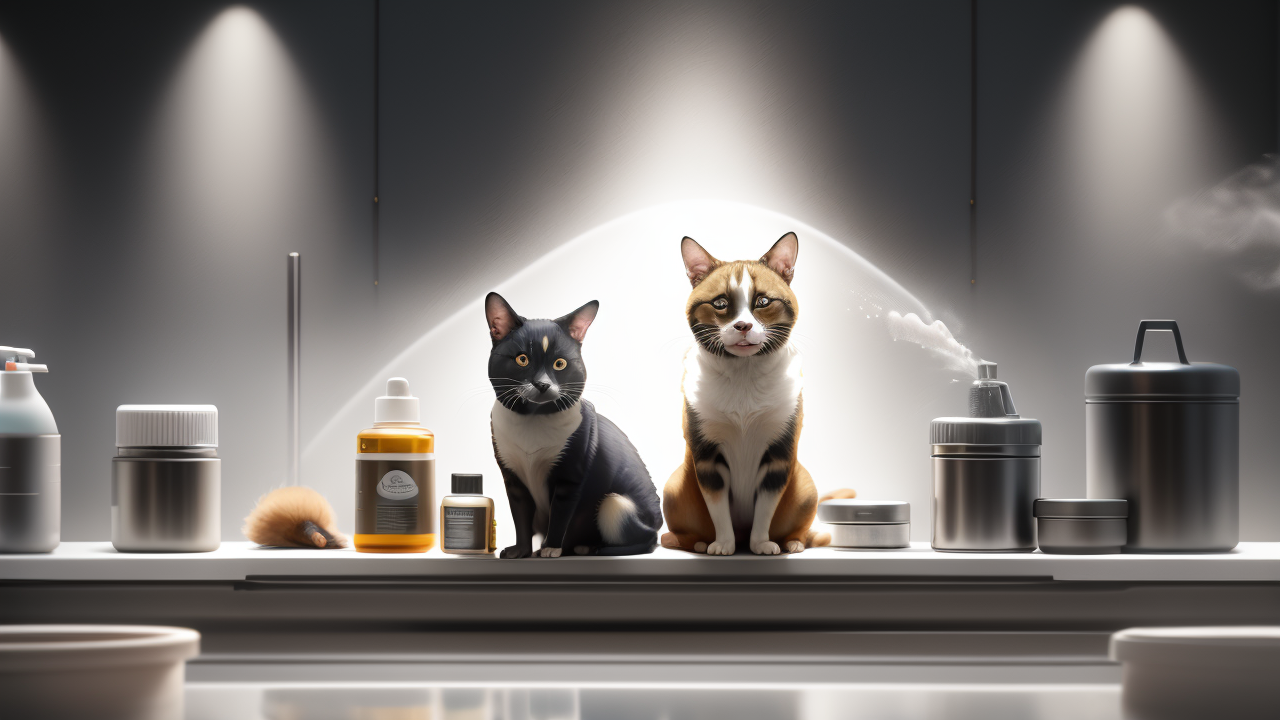Understanding Pet Safety in a Pest-Infested Environment
Pets are part of our family, and their safety is a top priority. In a pest-infested home, our furry friends can be at risk. Many common pest control methods use harsh chemicals that can harm pets. These toxins may cause illness or even death if ingested. Pets may also suffer from skin irritation or respiratory issues due to exposure.

It’s crucial to understand how pests and pest control methods can affect our pets. Some insects carry diseases that can spread to animals. Fleas, ticks, and mosquitoes are common culprits. On the other hand, traditional pest control products can be equally dangerous. This is why pet-friendly pest control is so important.
Key Objectives of Pet-Friendly Pest Control
The main goal of pet-friendly pest control is to create a safe, pest-free environment for both humans and animals. This approach aims to:
- Eliminate pests without harming pets
- Use non-toxic, natural ingredients when possible
- Implement preventive measures to reduce pest infestations
- Educate pet owners about safe pest control practices
- Protect the overall health of the household ecosystem
By focusing on these objectives, we can ensure our homes are free from pests while keeping our beloved pets safe. It’s a win-win situation for everyone involved.
Innovative Pet-Friendly Pest Control Solutions
The Role of Specialized Pest Control Products for Pets
The market now offers a wide range of pet-friendly pest control products. These items are designed to be safe for use around animals. Some popular options include:

- Natural repellents made from essential oils
- Pet-safe insecticides derived from plant extracts
- Ultrasonic pest repellers that don’t use chemicals
- Diatomaceous earth, a non-toxic powder that kills insects
- Pet-friendly traps and baits
These products work effectively against pests without putting your pets at risk. Always read labels carefully and follow instructions for best results. Remember to consult with your vet before using any new product around your pets.
Pet-Friendly Pest Control Techniques and Practices
Beyond specialized products, there are several techniques you can use to control pests safely:
- Regular cleaning: Vacuum often and wipe surfaces to remove pest eggs and food sources.
- Proper food storage: Keep pet food in sealed containers to avoid attracting pests.
- Natural repellents: Use plants like lavender or mint to deter insects.
- Physical barriers: Install screens on windows and doors to keep pests out.
- Maintain your yard: Keep grass short and remove standing water to reduce pest habitats.
These methods are safe for pets and can significantly reduce pest problems in your home. Consistency is key when implementing these practices.
The Best Pet-Friendly Pest Control Services in the United States
Many pest control companies now offer pet-friendly services. Here are some top choices:
- Orkin: Offers customized plans that prioritize pet safety.
- Terminix: Uses targeted treatments to minimize pet exposure.
- Eco-Pet: Specializes in all-natural, pet-safe pest control.
- Petri Pest Control: Focuses on integrated pest management for pet owners.
- Green Pet-Guard: Provides organic pest solutions for homes with animals.
These services use safe methods and products to protect your home from pests while ensuring your pets’ well-being. Always discuss your concerns and pet needs with the service provider before treatment.
Implementing and Maintaining Pet-Friendly Pest Control
Best Practices for Ongoing Pest Management
To keep your home pest-free and safe for pets, follow these best practices:

- Inspect regularly: Check your home for signs of pests often.
- Act quickly: Address any pest issues as soon as you notice them.
- Rotate methods: Use different pest control techniques to prevent resistance.
- Clean thoroughly: Maintain a clean home to discourage pests from settling.
- Seal entry points: Block small openings where pests might enter your home.
- Use pet-safe products: Always choose pest control items labeled as pet-friendly.
- Monitor pet behavior: Watch for any unusual reactions after pest treatments.
By following these steps, you can maintain a pest-free environment that’s safe for your furry friends. Remember, prevention is always better than cure when it comes to pest control.
Training Pet Owners on Pest Control Protocols
Educating pet owners is crucial for effective, safe pest management. Here are key points to cover:
- Teach proper product application techniques
- Explain the importance of following label instructions
- Demonstrate how to recognize signs of pest infestation
- Show how to properly store pest control products away from pets
- Discuss the benefits of natural pest control methods
- Explain how to create a pet-safe zone during treatments
By arming pet owners with this knowledge, we can ensure they make informed decisions about pest control. This helps protect pets and maintains the effectiveness of pest management efforts.
Evaluating the Effectiveness of Your Pest Control Strategy
Regular assessment of your pest control plan is vital. Here’s how to do it:
- Monitor pest activity: Keep track of any pest sightings or signs.
- Check for pet reactions: Observe your pets for any unusual behavior or health issues.
- Assess product effectiveness: Note how well each method works against pests.
- Review your prevention measures: Ensure all preventive steps are still in place.
- Consult professionals: Get expert advice if you’re unsure about your strategy’s success.
By regularly evaluating your approach, you can adjust as needed. This ensures your home stays pest-free while keeping your pets safe and happy. Remember, a good pest control strategy evolves with your needs and situation.
